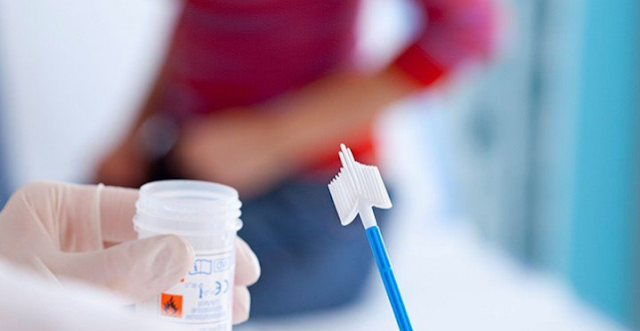The word "vaginitis" refers to a number of different conditions that can infect or irritate your vagina. Vulvovaginitis is a term that describes the inflammation of both your vagina and your vulva, the external part of your genitalia. Vaginal infections are fairly common and have a broad range of potential causes. Though they can happen at any moment, these infections are most common in people between the ages of late adolescence and early forty.
Even if you avoid penetrative or other types of intercourse, you can still develop a vaginal infection. To put it another way, even though some sexual behaviors may rarely play a part, vaginitis is not the same as a sexually transmitted infection (STI).
- Gonorrhea.
is a highly contagious STD that usually causes no symptoms but sporadically results in vaginal discharge, urinary discomfort, and pain during vaginal intercourse. Women who have gonorrhea may develop pelvic inflammatory disease due to damage to the uterus or fallopian tubes (PID). Handle it accordingly when the time comes.
- The cervix being dry
Moisture in the vagina comes primarily from the cervix at the top of the vagina. Women have two glands called Bartholin's glands, which produce extra moisture during sex to provide excellent lubrication. Stress, reduced estrogen levels, and the use of harsh products there are other factors that can cause dryness.
It should go without saying that lack of lubrication during intercourse could be problematic. Vaginal soreness affects many women on a regular basis. It is abnormal because it might hurt while engaging in sexual action.
- Bacterial yeast
The candida fungus, which typically resides on the skin and in regions of the body like the mouth, throat, gut, and vagina, may overgrow and cause it to happen. The news, you say? Antibiotic use, pregnancy, uncontrolled diabetes, or a weakened immune system are a few examples of factors that can upset the equilibrium of microorganisms in the vagina, allowing the yeast to thrive in the moist environment of the vagina.
Many women experience symptoms while urinating as a consequence, such as itching, a foul smell, pain, soreness, and discomfort. Because it could result in the vaginal membrane turning red, swollen, or cracked, it is irregular.
- Bacterial infection
The vagina is home to lactobacilli, a type of "pleasant" bacterium that coexists with yeast. When the quantity of lactobacilli is too low, bacterial vaginosis, a potentially harmful condition, can occur. unknown to this? Gardnerella germs are linked to bacterial vaginosis.
This condition is associated with a discharge that is whitish in color. There might be a fishy smell when having intercourse, which is not at all normal. One could avoid interpersonal interactions out of fear of foul stench. Pregnancy can result in premature delivery or a child with low birth weight, as well as increase your risk of contracting STIs and HIV. In the vagina, there are beneficial microorganisms. Yes, you read that right; specific bacteria help to maintain a healthy vaginal environment.
- Sudden uterine leakag
This suggests an illness or inflammation, such as thrush or even vaginosis. A foul smell and irritability are possible side effects. The color can be dark, pinkish, or even greenish.
The key line is to seek assistance right away if you notice or scent anything weird down there.
I appreciate you taking the time to read this. I'm hoping you've learned something fresh. Remember to like this page for more similar tales, and don't forget to leave your thoughts and inquiries in the box below. Watch this space for our subsequent story.





Post a Comment